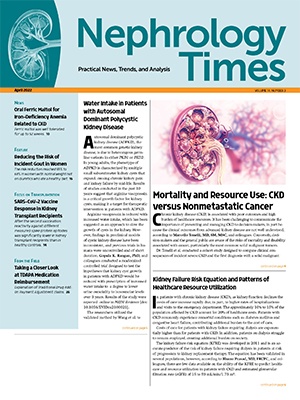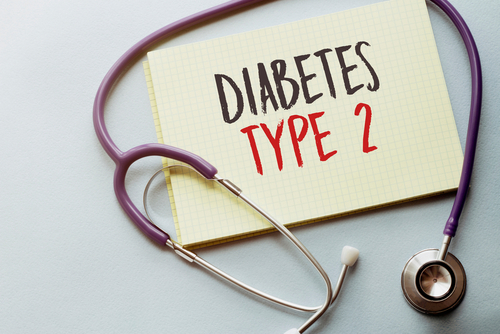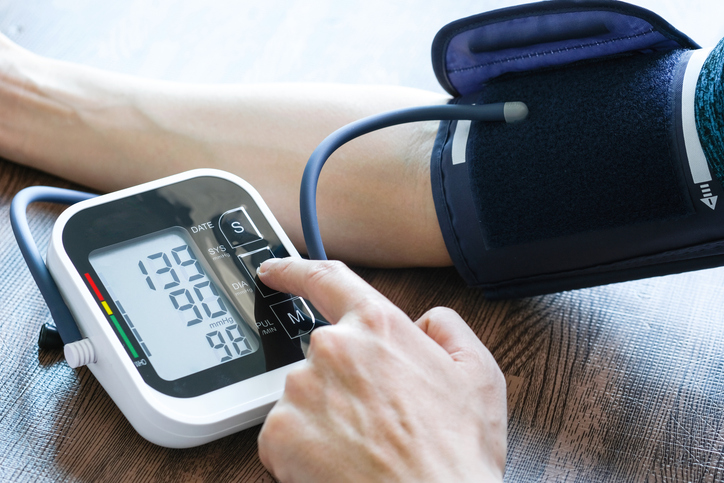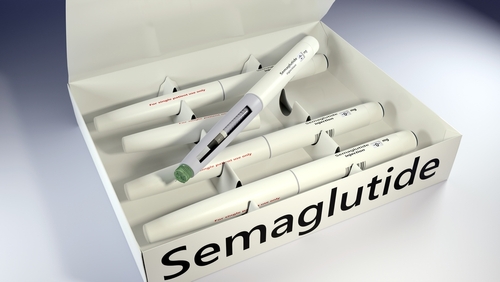
Clinical trials in nephrology are enriched for patients with micro- or macroalbuminuria to enroll patients at risk of kidney failure. Patients with normoalbuminuria can also progress to kidney failure. Previous studies have demonstrated associations between TNF receptor-1, TNF receptor-2, and kidney injury marker-1 (KIM-1) and progression of kidney disease in patients with micro- or macroalbuminuria.
Simke W. Waijer, MSc, and colleagues conducted a study to examine the value of TNF receptor-1, TNF receptor-2, and KIM-1 as prognostic biomarkers for progression of chronic kidney disease (CKD) in patients with type 2 diabetes and normoalbuminuria. Results were reported in the Clinical Journal of the American Society of Nephrology [2022;17(2):251-259].
Patients with type 2 diabetes at high cardiovascular risk participating in the Canagliflozin Cardiovascular Assessment Study were included. TNF receptor-1, TNF receptor-2, and KIM-1 were measured using immunoassays in plasma samples. Multivariable adjusted Cox proportional hazards analyses were used to estimate hazard ratios per doubling of each biomarker for the kidney outcome. The study population was stratified by the fourth quartile of each biomarker distribution, and the number of events and event rates were assessed.
The markers of interest were measured using immunoassay in plasma samples from participants in the Canagliflozin Cardiovascular Assessment Study with type 2 diabetes at high risk for cardiovascular disease. Multivariable adjusted Cox proportional hazards analyses were used to estimate hazard ratios (HR) per doubling of each biomarker for the kidney outcome. The population was stratified by the fourth quartile of each biomarker distribution and the number of events and event rates were assessed.
The analysis cohort included 2553 patients with normoalbuminuria. During a median follow-up of 6.1 years, there were 51 kidney outcomes recorded (event rate, 3.5; 95% confidence interval [CI], 2.6 to 4.6 per 1000 patient-years). Each doubling of baseline TNF receptor-1 (HR, 4.2; 95% CI, 1.8-9.6) and TNF receptor-2 (HR, 2.3; 95% CI, 1.5-3.6) was associated with a higher risk for the kidney outcome. There were no associations between baseline KIM-1, urinary albumin-creatinine ratio, and eGFR and kidney outcomes. Event rates in the highest quartile of TNF reception-1 (≥2992 mg/mL) and TNF receptor-2 (≥11,394 mg/mL) were 5.6 and 7.0 events per 1000 patient-years, respectively, compared with 2.8 and 2.3 events per 1000 patient-years, respectively, in the lower three quartiles.
In summary, the researchers said, “TNF receptor-1 and TNF receptor-2 are associated with kidney outcomes in patients with type 2 diabetes and normoalbuminuria.”







 © 2025 Mashup Media, LLC, a Formedics Property. All Rights Reserved.
© 2025 Mashup Media, LLC, a Formedics Property. All Rights Reserved.